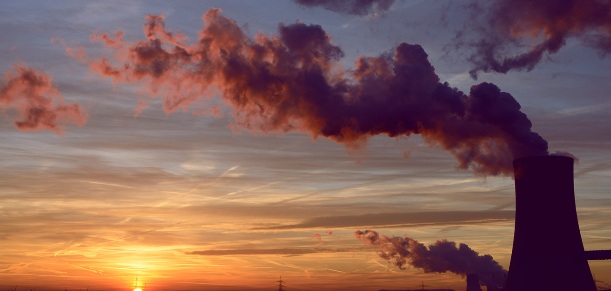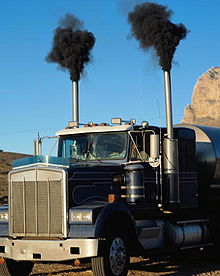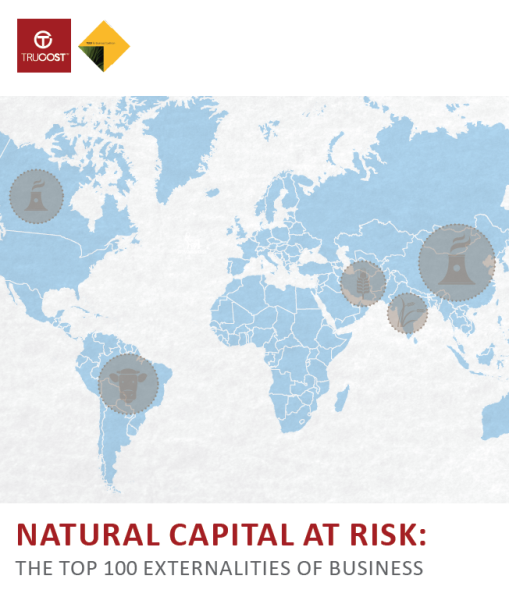Time for a Price on Carbon
It's Time
Time for a price on carbon dioxide emissions -- full-cost, green accounting
September 2014
World Bank - http://www.worldbank.org/en/programs/pricing-carbon
World Bank "Turn Down the Heat" - http://www.worldbank.org/en/topic/climatechange/publication/turn-down-the-heat
World Bank Climate Change Programs
Energy CEO: California Shows How Carbon Pricing Can Reduce Emissions Efficiently & Cost Effectively
Carbon Pricing Leaders - Model Programs/Best Practices
June 2014
- Should there be a price on carbon - Wall Street Journal [1]
- What is a carbon price and why do we need one? - Guardian [2]
- Time for a price on carbon [3]
- Repubs sign up, Hank Paulson [4]
- Lessons Learned - New York Times - [5]
_ _ _ _
Regulatory Options
Wikipedia Carbon Tax -- Carbon Price -- Cap and Trade_Emissions Trading
_ _ _ _
Government Policy
June 2014
President Obama re: CO2 emissions:
“[I]f there’s one thing I would like to see, it’d be for us to be able to price the cost of carbon emissions. … We’ve obviously seen resistance from the Republican side of the aisle on that. And out of fairness, there’s some Democrats who’ve been concerned about it as well, because regionally they’re very reliant on heavy industry and old-power plants. … I still believe, though, that the more we can show the price of inaction — that billions and potentially trillions of dollars are going to be lost because we do not do something about it — ultimately leads us to be able to say, ‘Let’s go ahead and help the marketplace discourage this kind of activity.’”
_ _ _ _
Corporate Policy
Corporate planning for carbon tax/costing [6] [7]
International Emissions Trading Association
Externalities
Full-Cost/True-Cost Accounting
Social Costs/External Costs
Social costs of carbon (EPA est)
-=-=-=-=-=-=-=-=-=-=--=-=-=-=-=-=-=-=-
Natural Capital & Externalities
-- http://en.wikipedia.org/wiki/Externality
Grist -- grist for thought... (2013) -- The notion of “externalities” has become familiar in environmental circles. It refers to costs imposed by businesses that are not paid for by those businesses. For instance, industrial processes can put pollutants in the air that increase public health costs, but the public, not the polluting businesses, picks up the tab. In this way, businesses privatize profits and publicize costs.
If we take the idea seriously, not just as an accounting phenomenon but as a deep description of current human practices, its implications are positively revolutionary.
[Begin by reviewing] a Natural Capital & Externalities Report conducted by environmental consultancy Trucost on behalf of The Economics of Ecosystems and Biodiversity (TEEB) program sponsored by United Nations Environmental Program. TEEB asked Trucost to tally up the total “unpriced natural capital” consumed by the world’s top industrial sectors. (“Natural capital” refers to ecological materials and services like, say, clean water or a stable atmosphere; “unpriced” means that businesses don’t pay to consume them.)
It’s a huge task; obviously, doing it required a specific methodology that built in a series of assumptions. (Plenty of details in the report.) But it serves as an important signpost pointing the way to the truth about externalities.
Here’s how those costs break down:
The majority of unpriced natural capital costs are from greenhouse gas emissions (38%), followed by water use (25%), land use (24%), air pollution (7%), land and water pollution (5%), and waste (1%).
So how much is that costing us? Trucost’s headline results are fairly stunning.
First, the total unpriced natural capital consumed by the more than 1,000 “global primary production and primary processing region-sectors” amounts to $7.3 trillion a year — 13 percent of 2009 global GDP.
Second... Surprising no one, coal is the enemy of the human race. Trucost compiled rankings, both of the top environmental impacts and of the top industrial culprits.
The biggest single environmental cost? Greenhouse gases from coal burning in China. The fifth biggest? Greenhouse gases from coal burning in North America.
Trucost’s third big finding is the coup de grace. Of the top 20 region-sectors ranked by environmental impacts, none would be profitable if environmental costs were fully integrated. Ponder that for a moment: None of the world’s top industrial sectors would be profitable if they were paying their full freight. Zero.
Natural Capital at Risk: The Top 100 Externalities of Business
- ○ ○ ○ ○ ○ ○ ○ ○ ○ ○ ○ ○ ○ ○ ○ ○ ○ ○ ○ ○ ○ ○ ○ ○ ○ ○ ○ ○ ○ ○ ○ ○ ○ ○ ○ ○ ○ ○ ○ ○ ○ ○ ○ ○ ○ ○ ○ ○ ○ ○ ○ ○ ○ ○ ○ ○ ○ ○ ○ ○ ○ ○ ○ ○ ○ ○ ○ ○ ○




